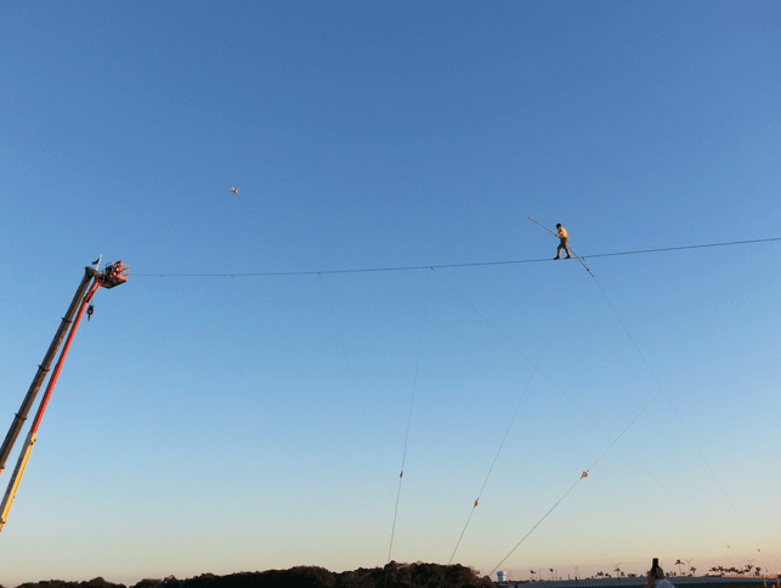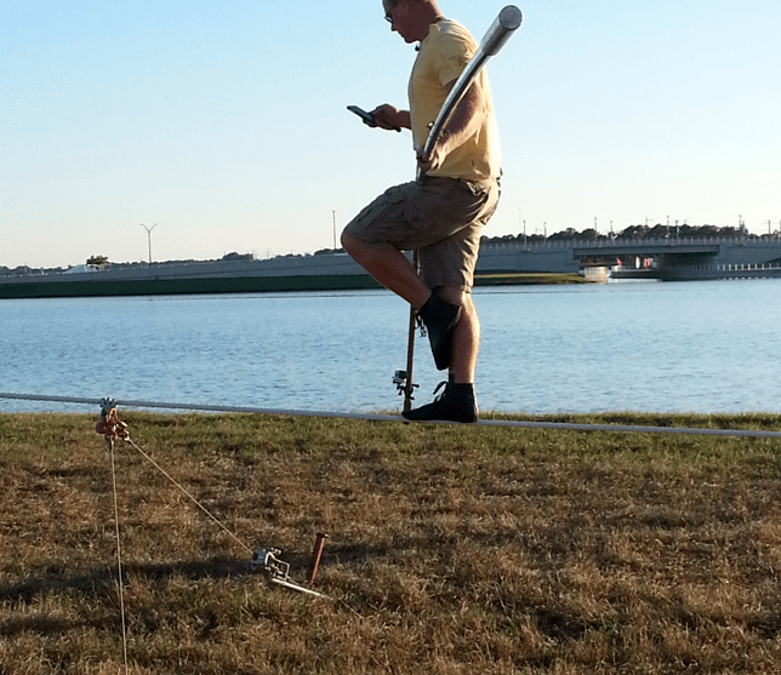Basically, our brain
relies on sensory input that tells it where our body is in space. Then
the brain deciphers this information, and tells the joints and muscles what to
do to maintain balance.
Where does the brain get its sensory information from? The 3 main sets of
information the brain relies on come from our eyes, our ears, and the joints
and muscles.
1. The eyes provide visual feedback as to where we are in relationship to our environment. For instance, if I walk outside and have to cross a crooked sidewalk, I see what is coming and subconsciously my brain tells my legs what to do to adjust my steps and maintain my balance.
2. A second set of sensory information comes from the nerve endings in our muscles and joints that tells that brain how we are shifting our weight on our legs, and if we are standing or walking on something firm, or soft, or slanted. We call this proprioception.

3. A third set of
information comes from our inner ear system, (we actually have two of these,
one in each ear). The ears act like little gyroscopes to tell the brain
if we are moving. They tell the brain how far, how fast, and in what
plane of motion we are experiencing movement.
The brain takes this sensory information, and then tells the joints and muscles
what to do to maintain balance.
If you understand this concept, then watching Nik Wallenda walk a couple weeks
ago between the skyscrapers in Chicago, will be even more meaningful to
you. As some of you may have figured out, Nik Wallenda and I both live in
Sarasota, Florida. A friend said to me, “Hey, Nik Wallenda is
practicing for his Chicago walk tonight at 6 pm, do you want to go watch and
show our support?”. How could I say no to that?!!! After watching
him practice, I knew he could do it, and I was able to watch the Discovery
Channel to see his triumph.
Here are some pictures I took of him when he was practicing in Sarasota.

As you can see here, he
is walking on the wire up an incline. He is using his vision, his
proprioception (feeling the alignment of his body on the wire), and his inner
ear system. You could even argue that he is using his hearing too, but that is
a topic for another blog. His brain is getting this SENSORY information, and
then tells his joints and muscles what to do to maintain balance and walk the
wire. At every second, this system is analyzing and reanalyzing, and deciding
what to do next. When walking with his eyes open, his vision and inner ear
system are sending very reliable information on what is happening, and his
proprioceptive system is also sending information, but it is more variable
because the wire can move and be unpredictable.
In this picture, Nik is walking blindfolded. WHATTTT!!! He essentially deprived his brain of very reliable information, and now he only has the sensation from a wire that can move, and from his inner ear system. His inner ear system is sending the most reliable information in this condition.

Nik- blindfolded on his way to the tower. Doing what he does, walking the wire blindfolded, with only 2 sets of information for his brain to utilize is astounding. When watching the Discovery program that night, I remember his wife and mother saying that they were most worried about the blindfolded portion. When they said that, I thought to myself, me too!!! Now I hope you can understand from a physiological standpoint why this was so unbelievable. Hopefully one day, Nik will be a guest blogger on my blog, because his mission is to inspire people. I bought one on his signed posters that day to put in my office to help inspire my patients with balance problems. It says at the bottom, NEVER GIVE UP-DARE TO BE GREAT! Thanks, Nik Wallenda for all you give to others.
Time to check my messages…




